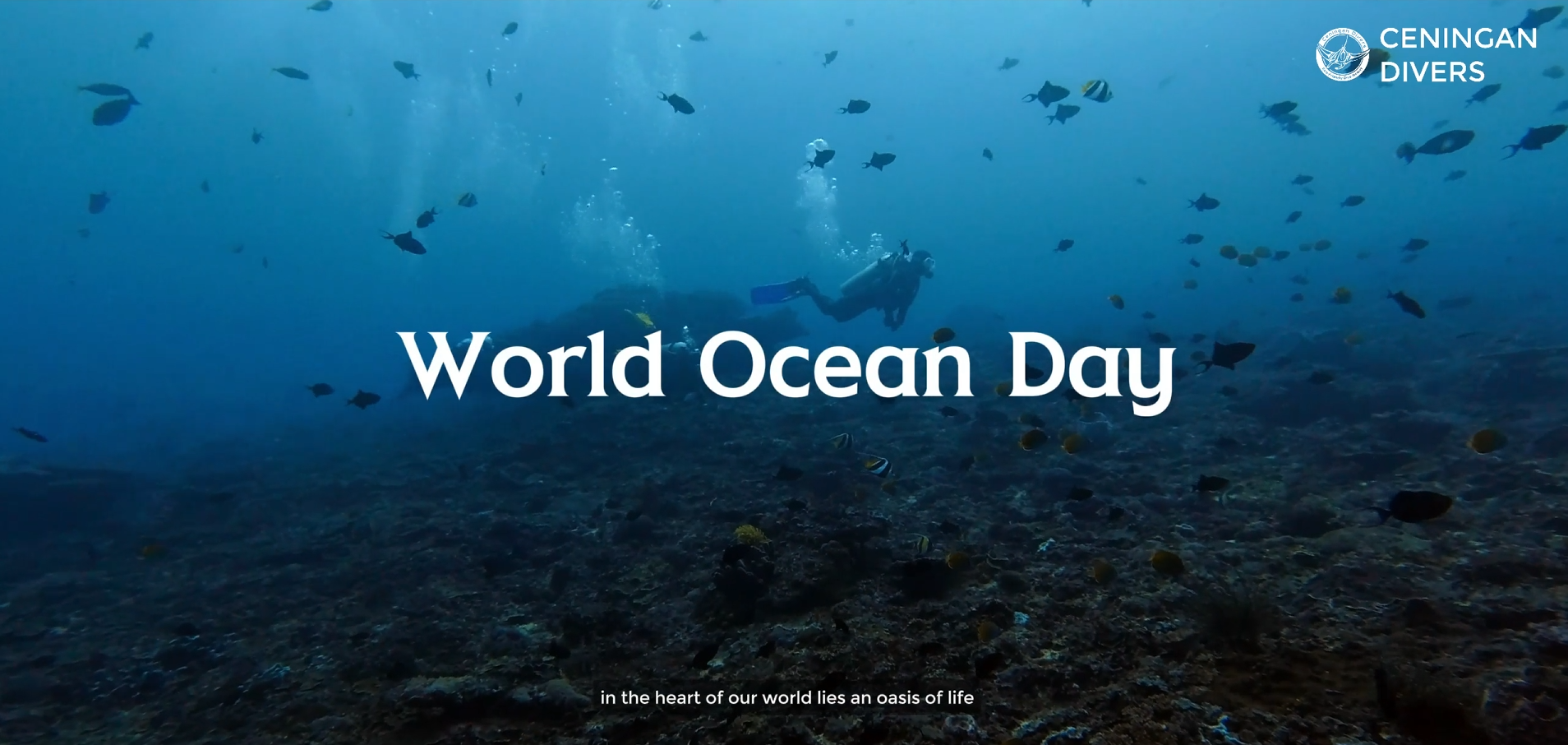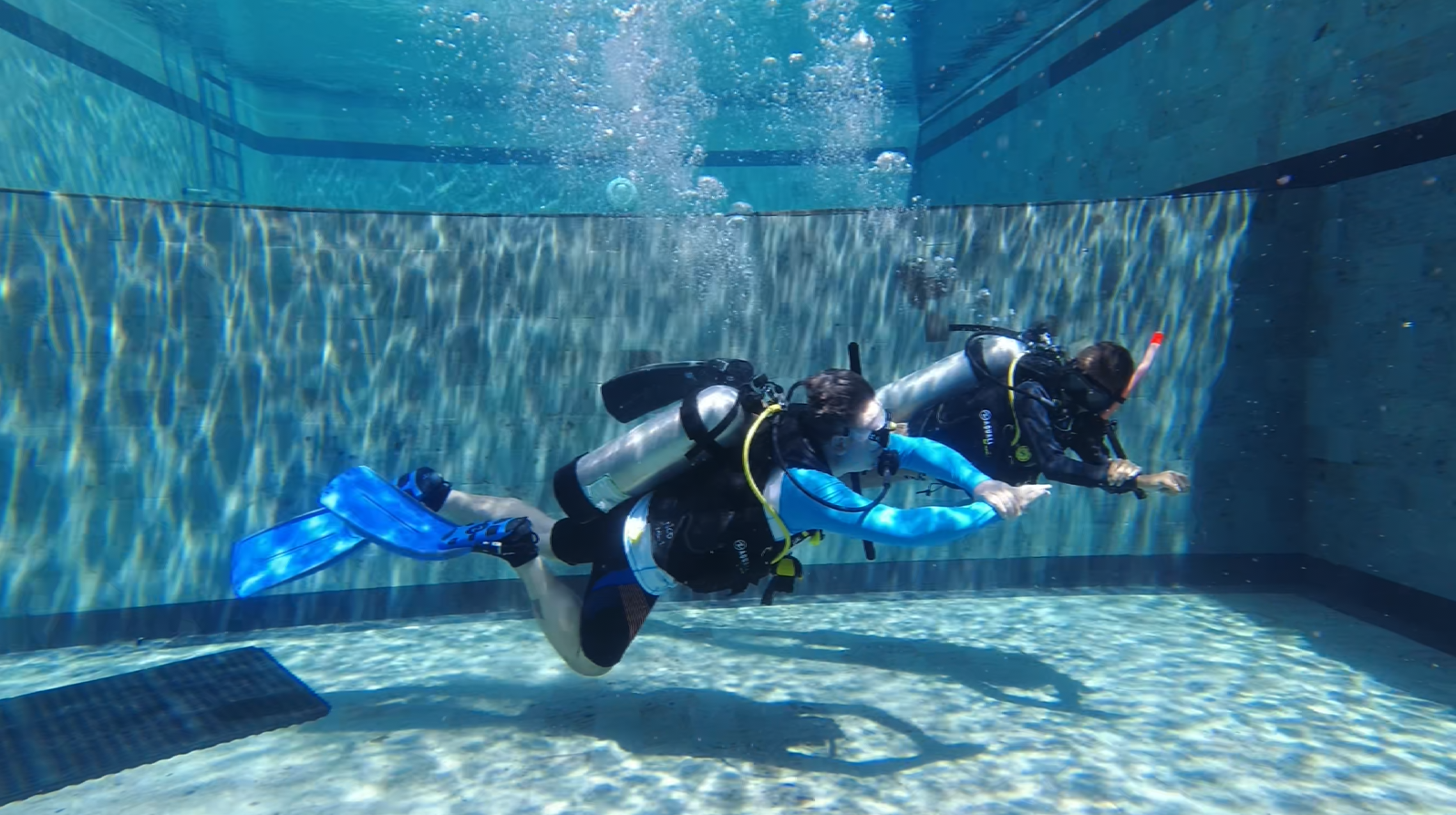Nusa Penida – Triangle de Corail
À une échelle beaucoup plus grande, Bali et Nusa Penida ont la particularité de se situer dans le coin sud-ouest de ce que l’on appelle le Triangle de Corail. Cette zone, qui comprend six pays, est reconnue comme le centre mondial de la biodiversité marine. Considéré comme l’équivalent sous-marin de la forêt amazonienne et l’une des plus importantes nurseries marines au monde, il abrite plus d’espèces que tout autre environnement marin connu, y compris 76 % de toutes les espèces de coraux et plus de 3 000 espèces de poissons.
L’incroyable productivité naturelle du Triangle de Corail le rend unique, non seulement pour sa faune et ses écosystèmes marins et côtiers, mais aussi pour les avantages qu’il apporte aux communautés locales et aux gouvernements.

Qu’est-ce que le Triangle de Corail ?
Le Triangle de Corail est un terme géographique désignant une zone grossièrement triangulaire des eaux tropicales marines englobant l’Indonésie, la Malaisie, la Papouasie-Nouvelle-Guinée, les Philippines, les Îles Salomon et le Timor-Leste. Chaque écorégion de cette zone contient au moins 500 espèces de coraux constructeurs de récifs.
Cette région comprend des parties de deux zones biogéographiques : la région Indonésie-Philippines et la région sud-ouest du Pacifique.
Le Triangle de Corail est reconnu comme le centre mondial de la biodiversité marine et constitue une priorité mondiale pour la conservation. Il est également surnommé « l’Amazonie des mers » et s’étend sur 5,7 millions de kilomètres carrés de surface océanique.

Biodiversité
Plus de 3 000 espèces de poissons vivent dans le Triangle de Corail, y compris le plus grand poisson du monde – le requin-baleine – ainsi que le cœlacanthe, une espèce rare et ancienne. Cette zone constitue également un habitat pour six des sept espèces de tortues marines présentes sur la planète.
L’immense superficie du Triangle de Corail ainsi que la diversité exceptionnelle de ses habitats et conditions environnementales ont joué un rôle clé dans le maintien de son impressionnante biodiversité.
Menaces
La biodiversité et la productivité naturelle du Triangle de Corail sont menacées par plusieurs facteurs :
- Une mauvaise gestion des ressources marines, incluant le développement côtier, la surpêche et les pratiques de pêche destructrices
- Un manque de volonté politique et la pauvreté
- Une forte demande du marché et le manque de considération pour les espèces rares et menacées
- Le changement climatique
On estime que 120 millions de personnes vivent dans le Triangle de Corail, dont environ 2,25 millions de pêcheurs qui dépendent de la santé des océans pour subvenir à leurs besoins. Ces menaces mettent en péril les moyens de subsistance, les économies locales et l’avenir des ressources halieutiques, notamment des espèces comme le thon. Des études ont mis en évidence une baisse alarmante de la couverture corallienne dans cette région.
Conservation
Le Triangle de Corail fait l’objet d’importants efforts de conservation menés par les gouvernements de la région, des organisations de protection de la nature telles que le World Wide Fund for Nature (WWF), The Nature Conservancy et Conservation International, ainsi que par des agences de financement comme la Banque asiatique de développement, le Fonds pour l’environnement mondial et USAID.
Référence : Une grande partie des informations contenues dans cet article ainsi que les images proviennent de Wikipedia.
Nous proposons des programmes de stages écologiques – contactez-nous pour plus d’informations.
Réservez votre plongée dès aujourd’hui !


